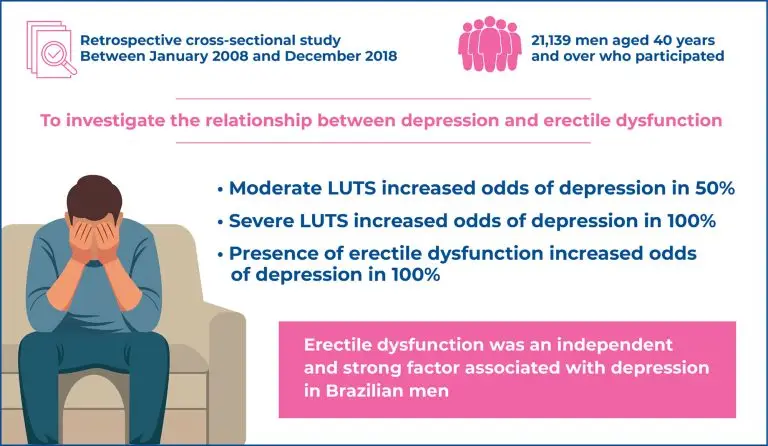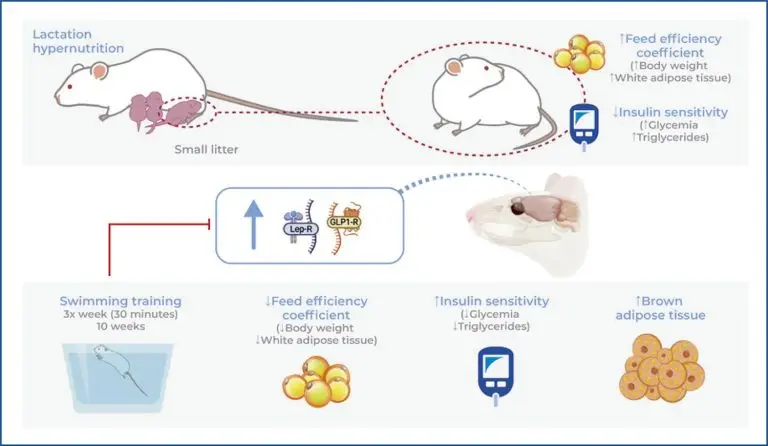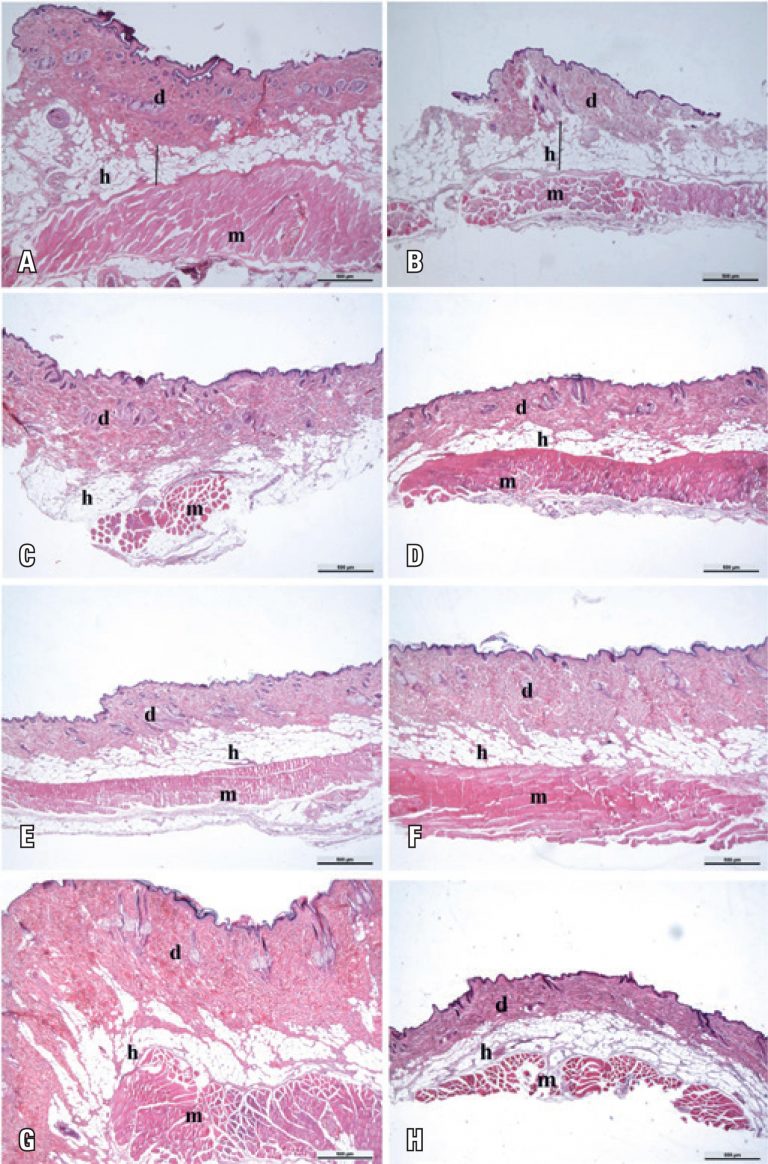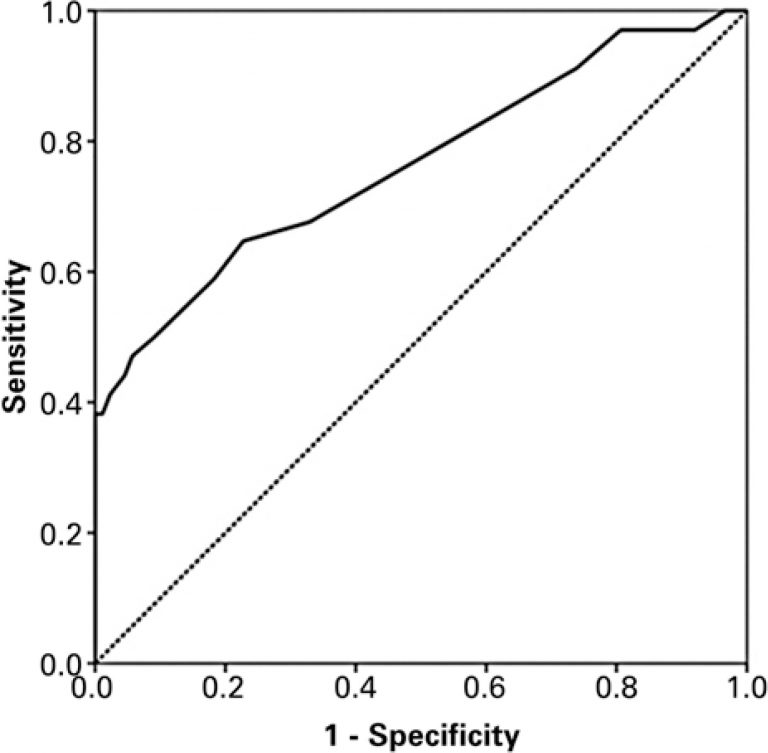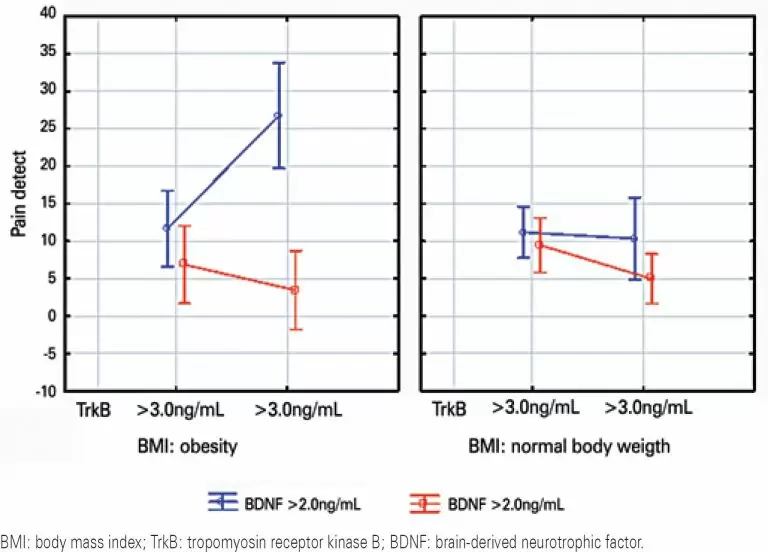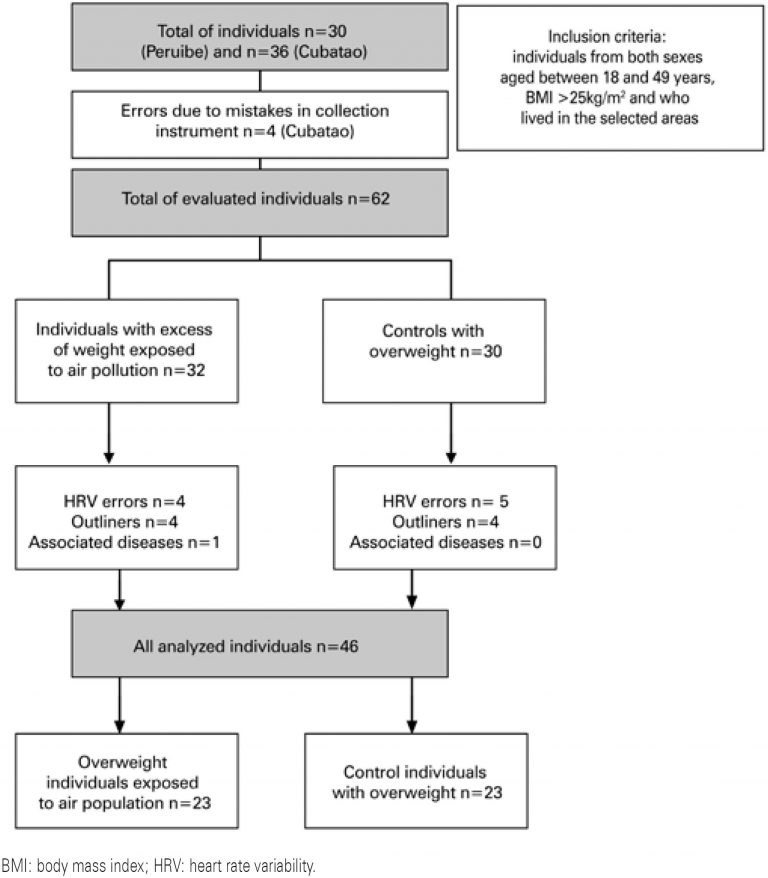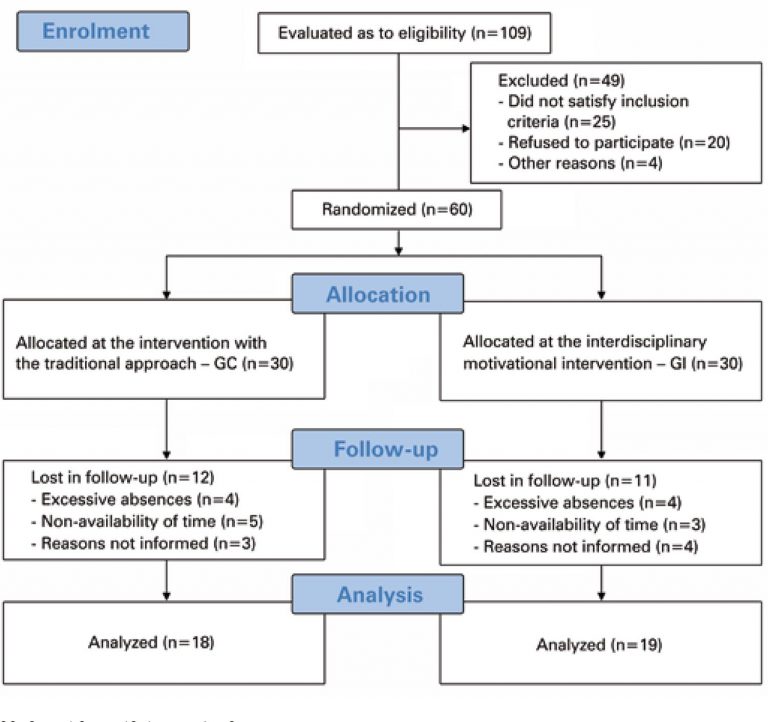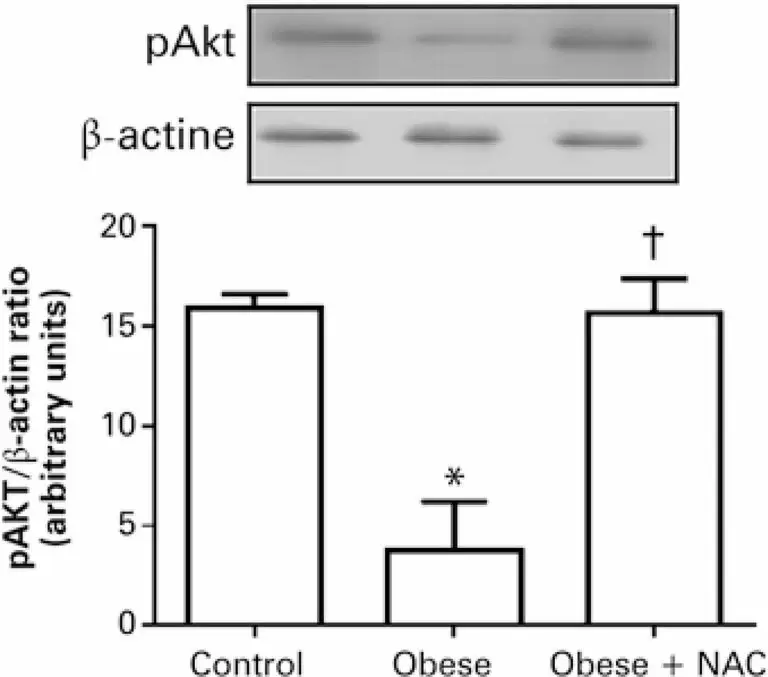25/Nov/2024
The association between erectile dysfunction and depression: a cross-sectional study of 21,139 Brazilian men
DOI: 10.31744/einstein_journal/2024AO1063
Highlights Levels of lower urinary tract symptoms increased the risk of depression. Erectile dysfunction, alcohol consumption, and body mass index were associated with an increased likelihood of depression. ABSTRACT Objective: This study aimed to investigate the relationship between depression and erectile dysfunction while controlling for sociodemographic, physical health, psychological, and lifestyle factors. Additionally, it aimed to compare erectile dysfunction with other clinical, laboratory, and behavioral variables among individuals with depression in the same population. Methods: We included 21,139 men (≥40 […]
Keywords: Depression; Erectile dysfunction; Exercise; Life style; Obesity
28/Aug/2024
Swimming training prevents obesity installation and normalizes hypothalamic expressions of GLP1 and leptin receptors in adult offspring born in small litters
einstein (São Paulo). 28/Aug/2024;22:eAO0619.
View Article28/Aug/2024
Swimming training prevents obesity installation and normalizes hypothalamic expressions of GLP1 and leptin receptors in adult offspring born in small litters
DOI: 10.31744/einstein_journal/2024AO0619
Highlights Small-litter promotes greater body weight gain, adiposity, and metabolic abnormalities in adulthood. Small-litter -adult obese rats showed augmented hypothalamic expression of GLP1-R and Lep-R. Swimming training throughout life avoids obesity and metabolic disorders in small-litter-adult rats. Regular exercise can normalize GLP1-R and Lep-R hypothalamic expressions in small-litter-adult rats. ABSTRACT Objective: Glucagon-like peptide-1 (GLP1) and leptin (Lep) are afferent signals that regulate energy metabolism. Lactational hypernutrition results in hyperphagia and adiposity in adult life, and these events can be prevented […]
Keywords: Exercise; Hypothalamus; Metabolic reprogramming; Obesity; Swimming
20/May/2022
Effects of topiramate, bupropion and naltrexone isolated or combined on subcutaneous adipose tissue in obese rats
DOI: 10.31744/einstein_journal/2022AO5587
ABSTRACT Objective: To evaluate the effects of combining topiramate, bupropion and naltrexone in obesity-induced rats on their weight and subcutaneous adipose tissue. Methods: A total of 40 male Wistar rats were induced to obesity for 8 weeks and the animals were divided into 8 groups: Ctr – control, G0 – Sham, G1 – oral saline solution (1.0mL/day), G2 – topiramate (20.0mg/kg) and bupropion (5.0mg/kg), G3 – naltrexone (20.0mg/kg), G4 – topiramate (20.0mg/kg), G5 – bupropion (5.0mg/kg) and G6 – topiramate […]
Keywords: Body weight; Bupropion; Naltrexone; Obesity; Rats; Subcutaneous fat; Topiramate
20/May/2022
Prognostic factors of worse outcome for hospitalized COVID-19 patients, with emphasis on chest computed tomography data: a retrospective study
einstein (São Paulo). 20/May/2022;20:eAO6953.
View Article20/May/2022
Prognostic factors of worse outcome for hospitalized COVID-19 patients, with emphasis on chest computed tomography data: a retrospective study
DOI: 10.31744/einstein_journal/2022AO6953
ABSTRACT Objective: To evaluate anthropometric and clinical data, muscle mass, subcutaneous fat, spine bone mineral density, extent of acute pulmonary disease related to COVID-19, quantification of pulmonary emphysema, coronary calcium, and hepatic steatosis using chest computed tomography of hospitalized patients with confirmed diagnosis of COVID-19 pneumonia and verify its association with disease severity. Methods: A total of 123 adults hospitalized due to COVID-19 pneumonia were enrolled in the present study, which evaluated the anthropometric, clinical and chest computed tomography data […]
Keywords: Coronavirus infections; COVID-19; Multidetector computed tomography; Obesity; Pneumonia; Prognosis; Tomography; X-ray computed
08/Feb/2022
Maternal and early childhood factors associated with asthma and obesity in children aged 6 to 7 years: a case control study
DOI: 10.31744/einstein_journal/2022AO5609
ABSTRACT Objective To determine the maternal and early childhood factors associated with asthma and obesity in children aged 6 to 7 years. Methods A case-control study conducted with children aged 6 to 7 years. Applications with questions about asthma symptoms in the last 12 months, maternal and childhood data in the first 2 years of life, and anthropometric data were collected. Children who presented asthma symptoms were considered as cases and those without asthma symptoms were considered as controls, later […]
Keywords: Asthma; Child; Obesity; Overweight
02/Feb/2022
Clustering of behavioral risk factors for chronic noncommunicable diseases in climacteric women
DOI: 10.31744/einstein_journal/2022AO6153
ABSTRACT Objective To estimate the prevalence of clustering of behavioral risk factors for chronic non-communicable diseases, as well as the associated factors in climacteric women. Methods This is a cross-sectional, analytical study, with random selection of climacteric women, aged between 40 and 65 years, and registered in Family Health Strategy units. The dependent variable was clustering of three or more behavioral risk factors for chronic non-communicable diseases. The definition of associated variables was made after Poisson multiple regression analysis with […]
Keywords: Climacteric; Disease prevention; Health Behavior; Noncommunicable diseases; Obesity; Risk Factors; Women; Women’s health
17/Sep/2021
Tropomyosin receptor kinase B-mediated signaling in integration of neuropathic pain and obesity in diabetic polyneuropathy
einstein (São Paulo). 17/Sep/2021;19:eAO6256.
View Article17/Sep/2021
Tropomyosin receptor kinase B-mediated signaling in integration of neuropathic pain and obesity in diabetic polyneuropathy
DOI: 10.31744/einstein_journal/2021AO6256
ABSTRACT Objective: To assess the quantitative serum levels of tropomyosin receptor kinase receptor B, and to estimate its association with serum concentration of brain-derived neurotrophic factor and obesity in patients with painful and painless forms of diabetic polyneuropathy. Methods: We examined 70 patients with diabetic polyneuropathy with confirming peripheral nerve dysfunction by electroneuromyography and measuring of serum levels tropomyosin receptor kinase receptor B and brain-derived neurotrophic factor by enzyme immunoassay. Diabetic polyneuropathy was diagnosed using the modified Toronto Consensus (2011) […]
Keywords: Brain-derived neurotrophic factor; Diabetic neuropathies; Obesity
26/Nov/2020
Effect of air pollution on the autonomic modulation of heart rate in overweight adults
DOI: 10.31744/einstein_journal/2020AO5100
ABSTRACT Objective: To analyze the effect of air pollution on heart rate variability in overweight individuals. Methods: A total of 46 adult individuals, both sexes, aged between 18 and 49 years and with body mass index >25kg/m2 were analyzed. All volunteers were students from public schools of two cities in the state of São Paulo. The clinical, demographic and anthropometric data of each individual, as well as heart rate variability through time domain, geometric and frequency indices were collected. For […]
Keywords: Air pollution; Autonomic nervous system; Cardiovascular system; Environmental pollution; Heart rate; Obesity; Overweight
13/May/2020
Effect of an interdisciplinary intervention with motivational approach on exercise capacity in obese adolescents: a randomized controlled clinical trial
einstein (São Paulo). 13/May/2020;18:eAO5268.
View Article13/May/2020
Effect of an interdisciplinary intervention with motivational approach on exercise capacity in obese adolescents: a randomized controlled clinical trial
DOI: 10.31744/einstein_journal/2020AO5268
ABSTRACT Objective To evaluate the effect of an interdisciplinary intervention with a motivational approach on exercise capacity and usual physical activity levels in overweight and obese adolescents. Methods This is a randomized, controlled clinical trial with single blinding of subjects. Adolescents aged 15 to 18 years with overweight and obesity (body mass index ≥ 85 percentile) were included. The adolescents were randomized into two groups: interdisciplinary intervention or control − traditional approach aiming at lifestyle modifications. The initial evaluations were […]
Keywords: Adolescent; Exercise; Motivation; Motivational interviewing; Obesity; Overweight
13/Mar/2020
Reduction of oxidative stress improves insulin signaling in cardiac tissue of obese mice
DOI: 10.31744/einstein_journal/2020AO5022
ABSTRACT Objective To evaluate the effects of oxidative stress on insulin signaling in cardiac tissue of obese mice. Methods Thirty Swiss mice were equally divided (n=10) into three groups: Control Group, Obese Group, and Obese Group Treated with N-acetylcysteine. After obesity and insulin resistance were established, the obese mice were treated with N-acetylcysteine at a dose of 50mg/kg daily for 15 days via oral gavage. Results Higher blood glucose levels and nitrite and carbonyl contents, and lower protein levels of […]
Keywords: Insulin resistance; Mice; Myocardium; Obesity; Oxidative stress


